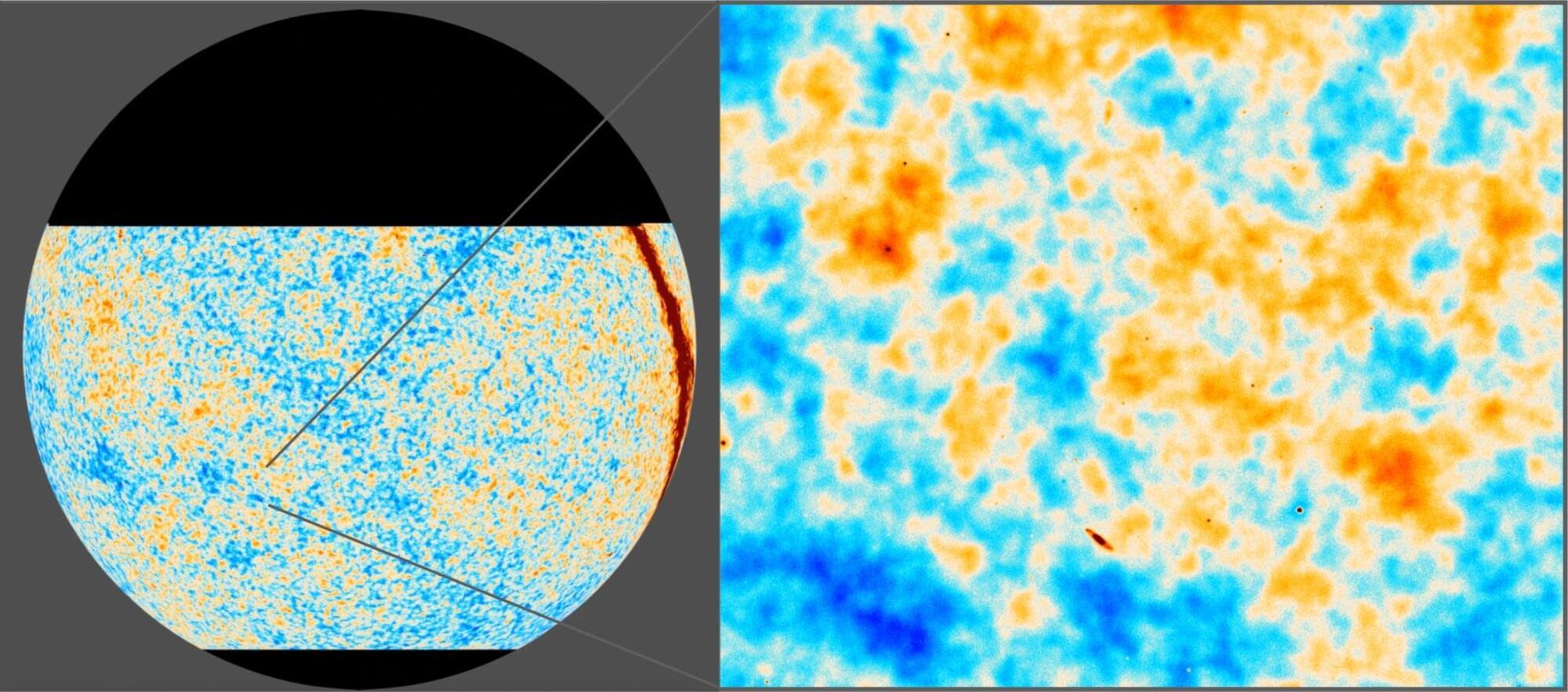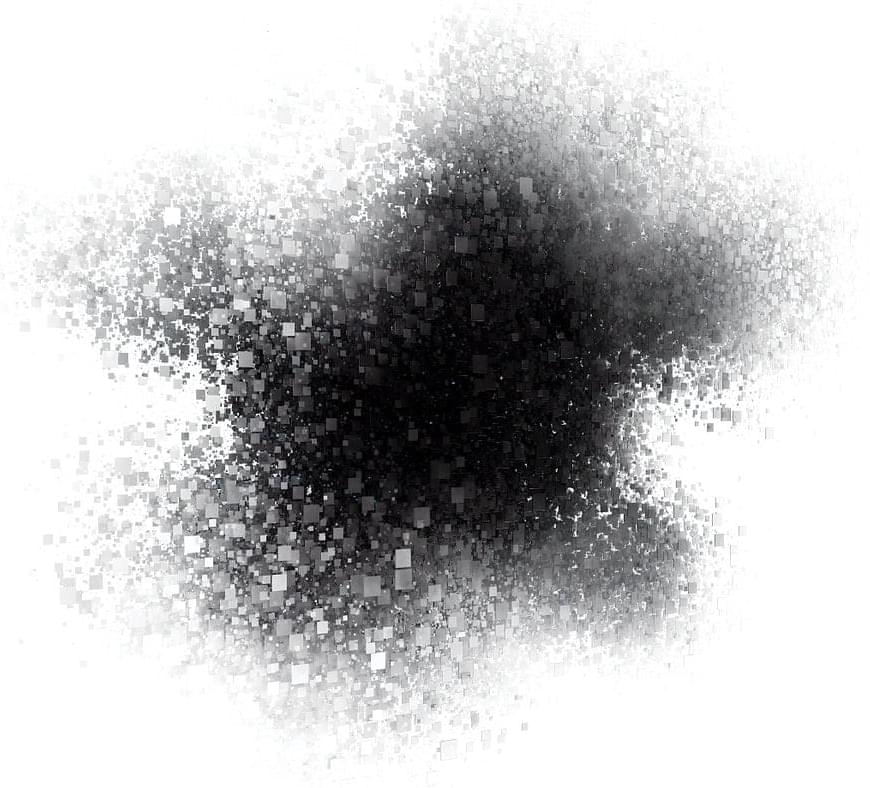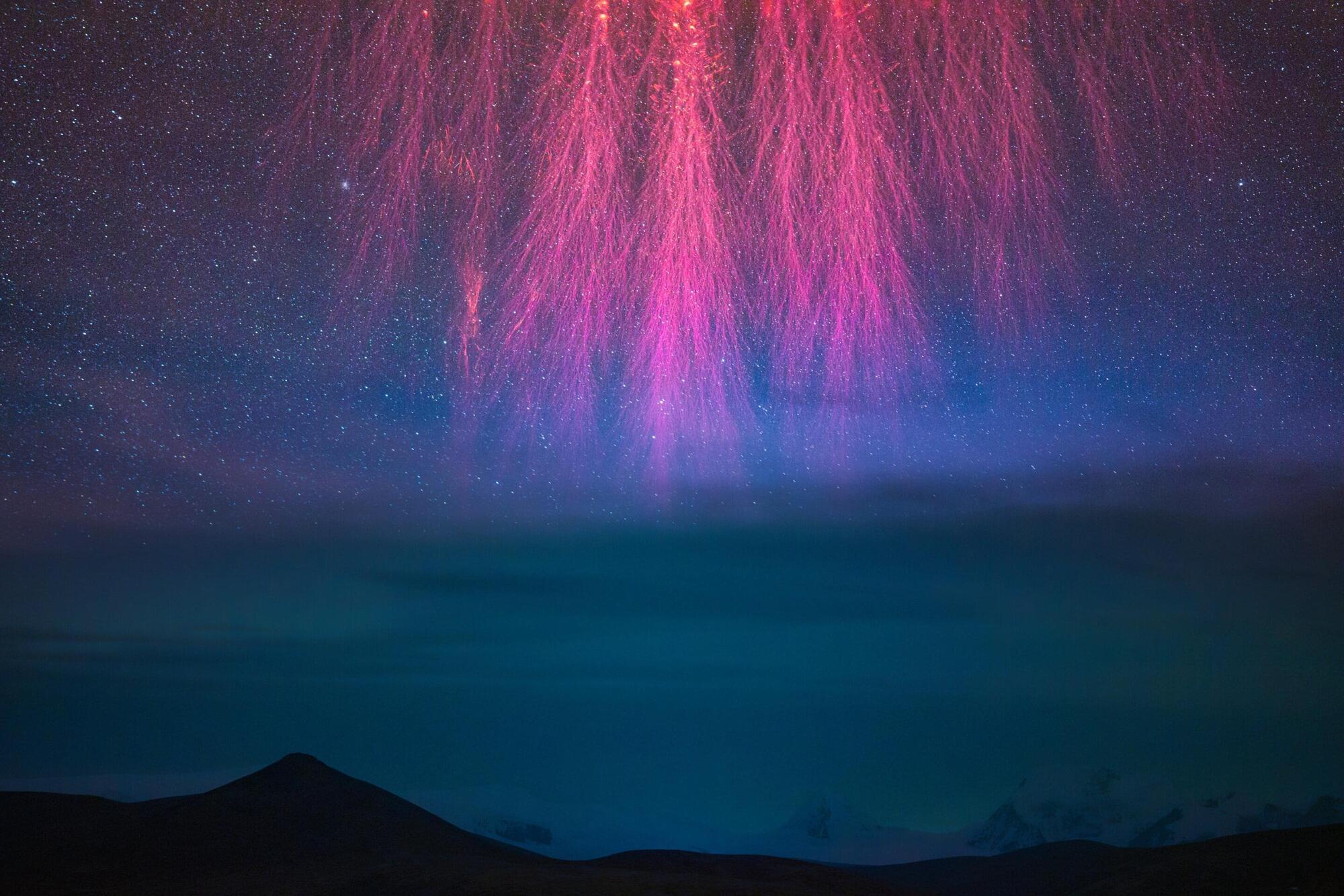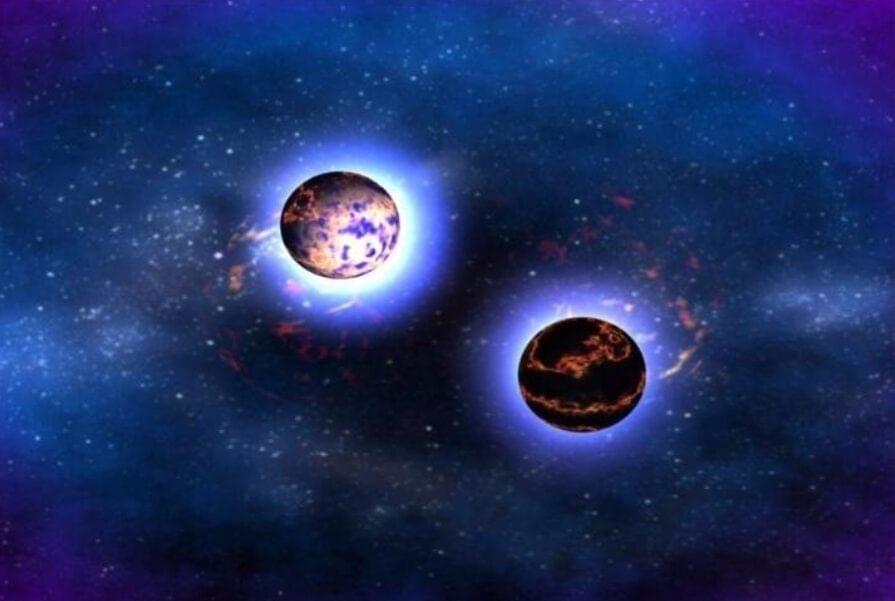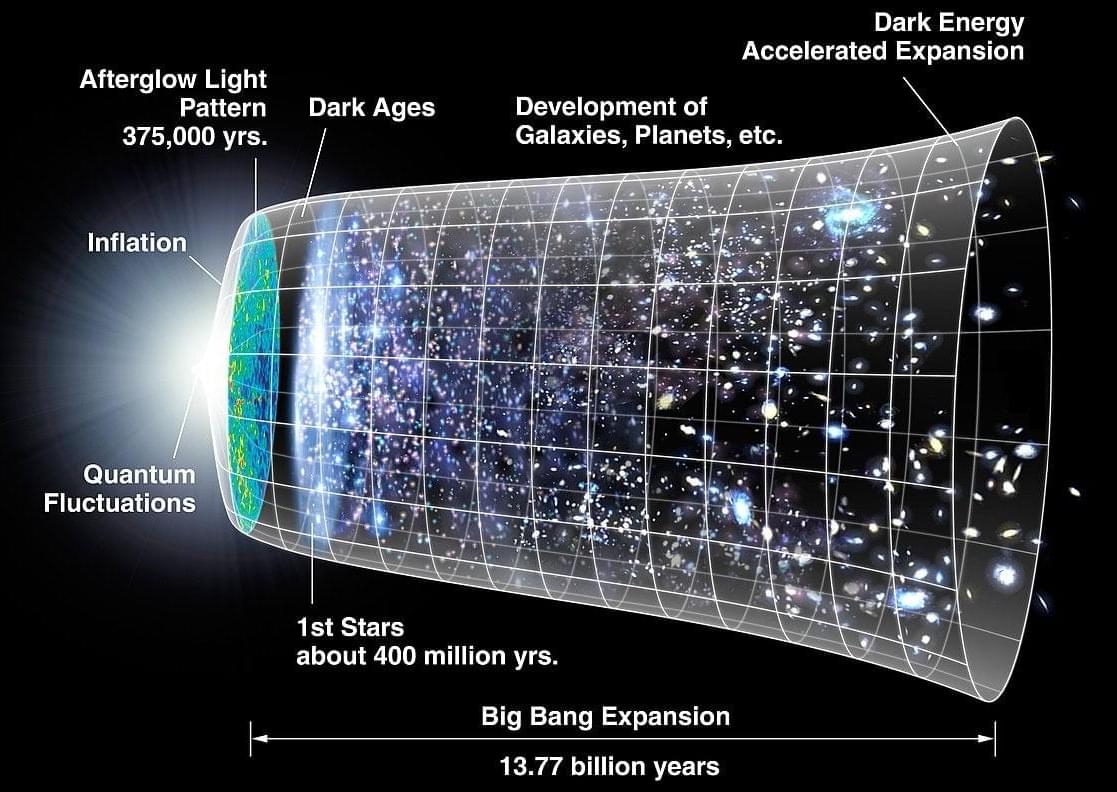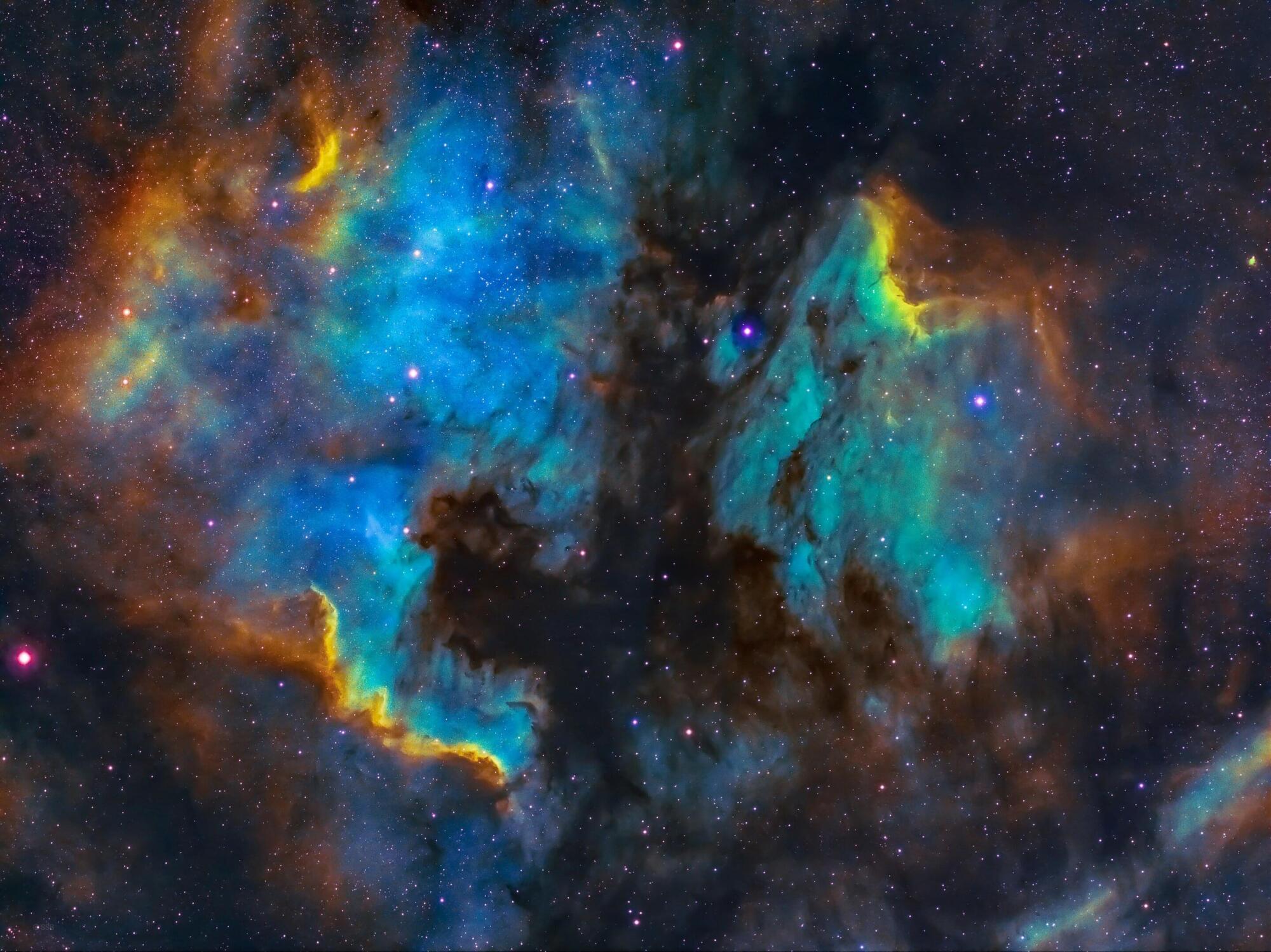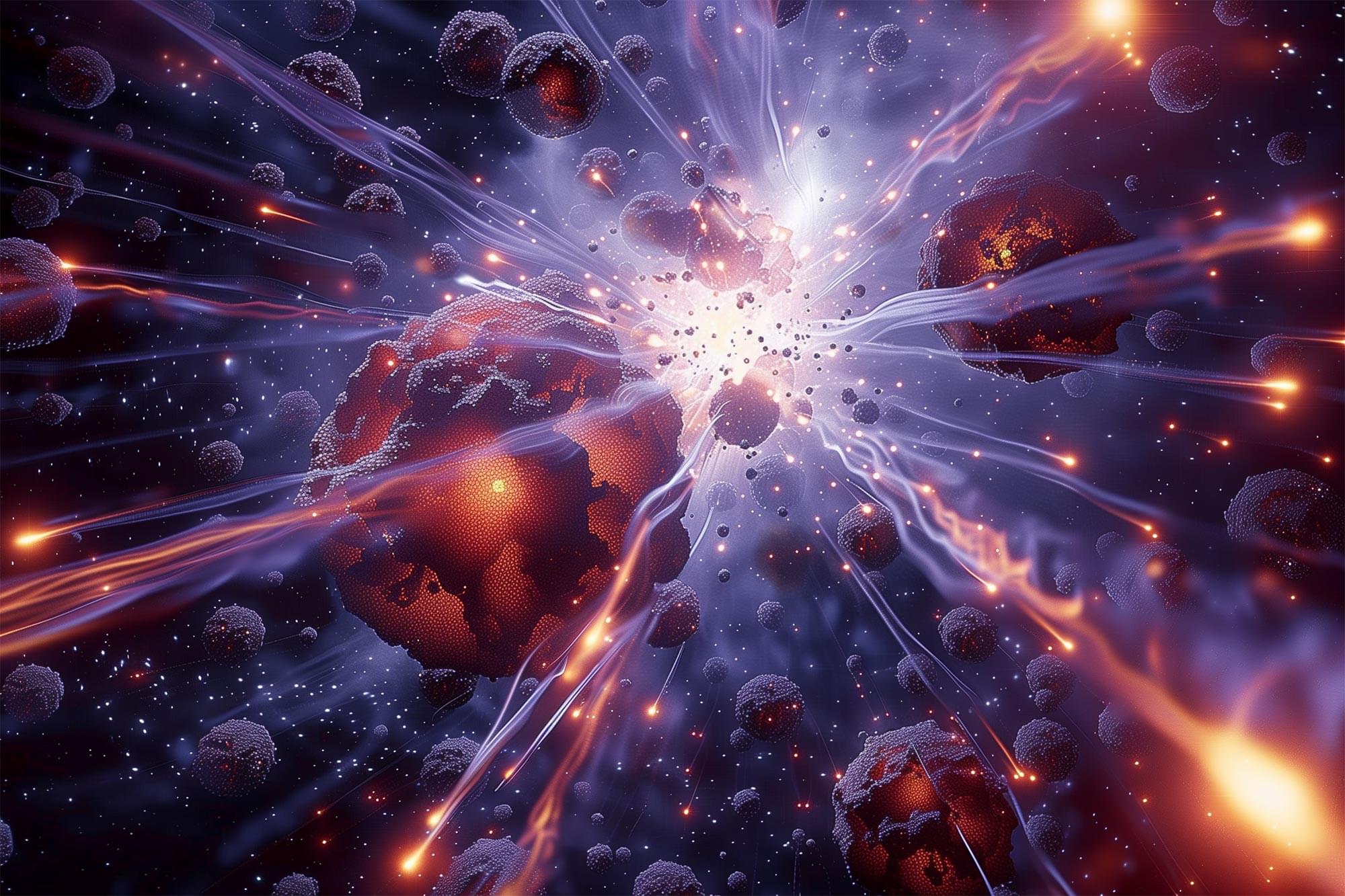Ultrahigh Energy Cosmic Rays are the highest-energy particles in the universe, whose energies are more than a million times what can be achieved by humans. But while the existence of UHECRs has been known for 60 years, researchers have not succeeded in formulating a satisfactory explanation for their origin that explains all the observations.
But a new theory introduced by New York University physicist Glennys Farrar provides a viable and testable explanation for how UHECRs are created.
“After six decades of effort, the origin of the mysterious highest-energy particles in the universe may finally have been identified,” says Farrar, a Collegiate Professor of Physics and Julius Silver, Rosalind S. Silver, and Enid Silver Winslow Professor at NYU. “This insight gives a new tool for understanding the most cataclysmic events of the universe: two neutron stars merging to form a black hole, which is the process responsible for the creation of many precious or exotic elements, including gold, platinum, uranium, iodine, and xenon.”
